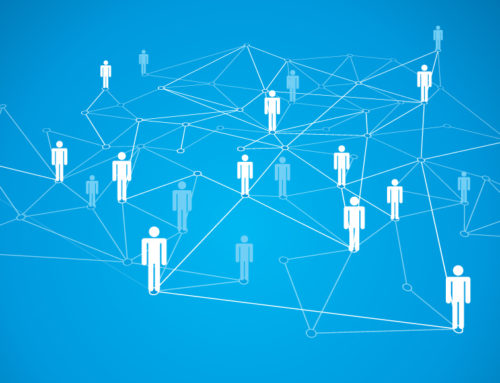Dematerialization
What is an economy? Is it things, stuff like cars, houses, washing machines and computers? Or is it services? The function of those things, payment services, cleaning services, heating, communication etc. We might say it is both. All the products around us deliver some functionality, but in order for them to do that they have to be made of some stuff. But somethings are made of more stuff than others. Take a mainframe computer of forty years ago and compare it to your phone which can deliver much more computational functionality with a lot less stuff to do it with.
Things start out clunky and lumpy and over time we rationalize their design and production, for them to deliver more services with less resources, and this is the essence of what we call dematerialization. The UNEP defines dematerialization as such ”the reduction of total materials and energy throughput of any product and service, and thus the limitation of its environmental impact. This includes reduction of raw materials at the production stage, of energy and materials inputs at the use stage, and of waste at the disposal stage.”
In economics, dematerialization refers to the absolute or relative reduction in the quantity of materials required to serve economic functions in society. In common terms, dematerialization means doing more with less which is similar to the concept of ephemeralization as proposed by Buckminster Fuller.
Decoupling
Decoupling is a parallel process that goes hand-in-hand with the dematerialisation of of an economy. Where decoupling refers to the disconnection or separation of economic and social well-being from the use of biophysical resources. And we might say the most important challenge we face today is decoupling the relationship between delivering economic development and the consumption of material goods.
The first American communications satellite, Telstar 1, was launched in 1962 and could carry 600 telephone calls at the same time. Today’s Intelsat satellites can handle 120,000 calls and 3 TV channels at the same time. Since the 1970s, the weight of the average car has fallen by 25 percent. Food cans are 50 % lighter than they were 50 years ago. Plastic soft drink bottles are 30% lighter than they were in the 1970s. Government data in the UK also shows a reduction in material use from about 12 tons a year per person to approximately 9 tons between 2000 and 2013. Likewise data from Japan shows a similar pattern.
There seems to be evidence worldwide to show that patterns of consumption and status-seeking can change over time. That intangible products are replacing physical ones in many sectors. Another classical example would be music and film downloads that have replaced CDs and DVDs or Copper wire being replaced with fiber-optics in many instances. Old fashioned records with digital downloadable files, refrigerators and many other items have gotten lighter while car purchases seem to have already peaked in developed nations.
Services
No one really wants your products. They want the benefits those products deliver. Drastically reducing resources to make and deliver products is a trend in every market from software to soft drinks. Companies that get this are transforming their industries. Think about sending a message to the other side of the world, forty years ago you would have had to have had a pen, a piece of paper and an envelope, written your letter, taken it to the post office, where it would have been transported from city to city before eventually getting to its destination, where the recipient would open the envelope and then through it all way. We can now avail of that same service with a few clicks of a button. No envelope, no pen and paper, no post office or transportation needed they have been dematerialized, we have decoupled the service from the physical resources previously required.
Today, many of the items that are manufactured never actually get sold, while in sales terms, one dollar in seven is spent moving things around the planet. Technologies like 3D printing may greatly reduce this by allowing for designs to be sent over the internet rather than the physical items themselves. Likewise additive manufacturing methods (like 3D printing) also greatly dematerialize production processes as they add only what is needed. How many people can we fit on planet earth? 5 billion? 10 billion? 20 billion? This is an irrelevant question, we should ask how much can we dematerialize our economies and decouple economic services from resource consumption.
It may be the case that economic development reaches a peak of material consumption some time during the high stages of industrialization and then declines as the economy becomes servicised and moves into a post-industrial model. Meaning that it may be the case that more and more economic value will become entirely divorced from the physical attributes of a thing, and reside in intangible systems of organization and connections.





























